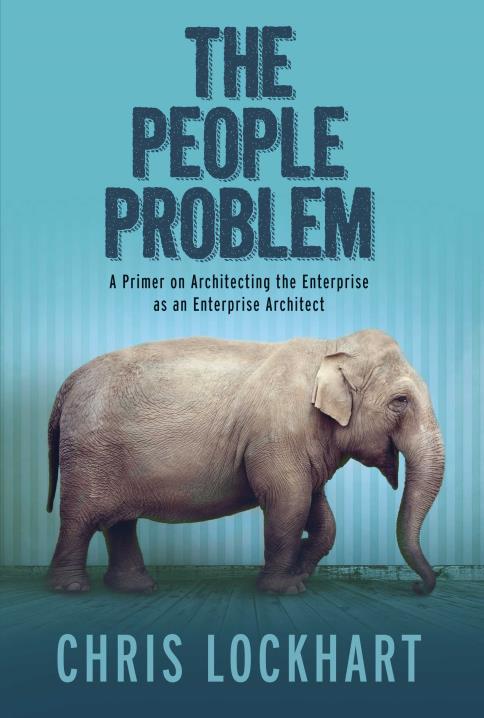Let’s talk about politics for a moment.
Whenever anything remotely political comes up in conversation lately (or over the past 20 years for that matter), you can rest assured that debate will ensue. More importantly, you can be absolutely certain that straw men will fly and red herrings will soar. People will debate things which are not even being argued for the sake of scoring a win.
The reality is, folks seem to love a good meaningless argument if it somehow elevates their self-esteem or otherwise conveys their all-important perspective. Just try to navigate your Facebook feed for half a minute, you’ll know what I mean.
There is a thread in business and IT circles of castigating EA for being so fluffy and meaningless and costly. By the way, it often can be. But the argument is a straw man and misses the point, I think.
While I would never defend the way architecture in general is conducted in many places, I would certainly stand up and debate anyone who said it was, in principle, a waste of time.
Sure lots of companies waste time and money on things that produce no value. Consultants waste billions of corporate dollars peddling pixie dust and unicorns. I’d wager employees of corporations waste much more than that in busy work and useless meetings. But that doesn’t mean all consultants are useless or all employees are lazy time-wasters. Arguing that they are is baseless oversimplification and a case of firing both barrels at the wrong target.
Suggesting architecture in general, or enterprise architecture in particular, doesn’t add value or is otherwise a fiscal black hole is akin to declaring that badly executed means discredits the ends. The objective of enhancing Business-IT alignment is a worthy one. Just because a bunch of charlatans over time have discredited one method of achieving that alignment doesn’t mean we shouldn’t bother. What it does mean is that we have to be able to clearly define how an enterprise view of things can solve a particular business problem. We must be able to articulate how taking a holistic approach to identifying, defining and organizing our company’s assets, infrastructure, processes, organization and resources will enable us to make sure that IT solutions actually solve a business problem and deliver value that is measurable in dollars.
To me this is the purpose, the essence of architecture.
I have yet to hear an argument that says this is a worthless venture, that it is mere tilting at windmills while strutting about in the emperor’s new clothes.
If you want to evaluate a company that is ‘doing’ EA in a manner that involves XYZ characteristics and suggest that this particular approach is doomed to fail, fine. I’m with you and I’ll be right there with plenty of my own examples. This isn’t a straw man, it is an actual case of architecture gone wrong. But don’t fall into the trap of launching ad hominem attacks on architecture as a whole because of a bad experience. Trust me, there are plenty of bad experiences to deconstruct without taking a single one, blowing it up and applying it to the whole industry.
Dismissing the entire field as rose-colored, ivory tower theorizing with no practical use or value proposition is just plain missing the point. As Kirk said in The Wrath of Khan, “You’ve… managedtokill just about everyone else… but like a poor marksman… you keep! Missing! The target!”


